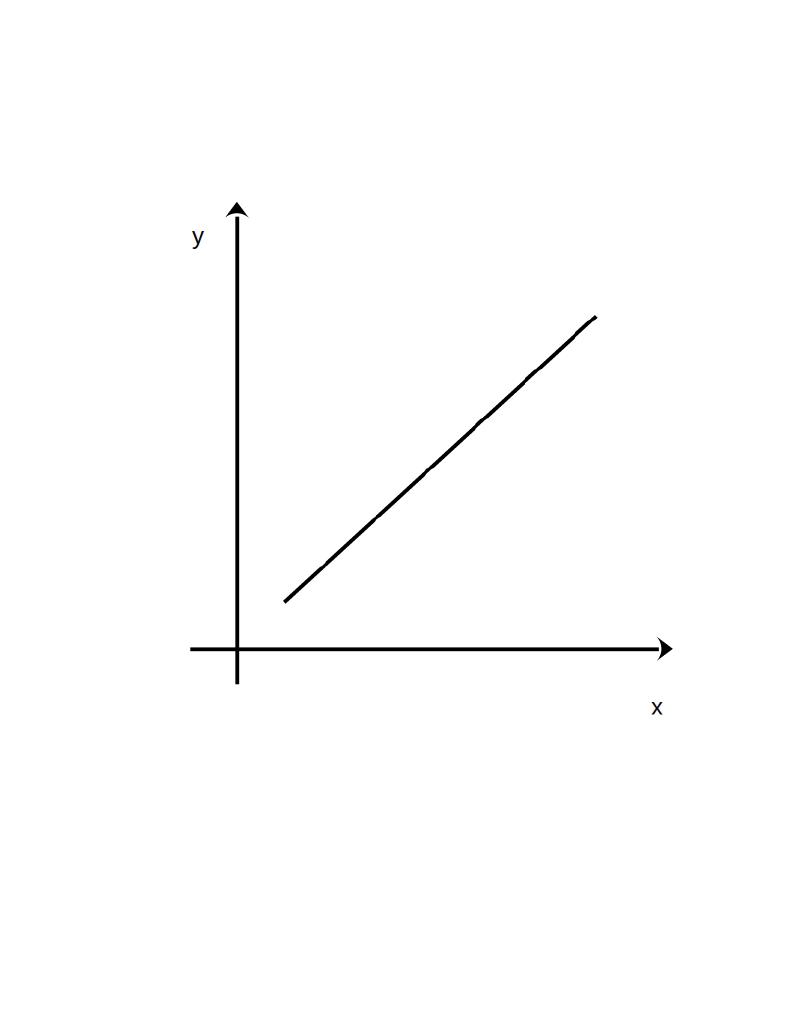Is there any truth to the old adage “the rich get richer”?
Indeed, there is! This empirical observation is popularly known as the Matthew effect, and it has been studied not just in Finance, but also in other diverse fields such as education, and social networks. For example, the more followers someone has on a social network, the more followers they seem to garner.
Can we make sense of the financial version of this phenomenon using simple Math?
Yes, we can! The detailed answer involves the simple concept of proportionality, and the related concept of linearity.
Proportionality is an expression of a particularly ubiquitous relationship between two quantities. To illustrate this relationship, let’s take a simple example: suppose you were traveling to Mexico and wanted to exchange Canadian Dollars (CAD) for Mexican pesos (MXN). How many MXN would you get in exchange for a given sum of CAD?
The answer is determined by the exchange rate between these two currencies at that point in time. Say, the current exchange rate is 15 MXN for 1 CAD. Then the following table shows you how much MXN you’d get in exchange for some selected amounts of CAD.
| CAD | MXN |
|---|---|
| 10 | 150 |
| 20 | 300 |
| 40 | 600 |
| 5 | 75 |
| 2.5 | 37.5 |
The most important observation from the table above is the relationship between the change in the amount of CAD and the corresponding change in the amount of MXN. For example, from the first two rows in the above table, you can see that when CAD increases by 10 (from 10 to 20), MXN increases by 150 (from 150 to 300), whereas from the second and third rows, when CAD increases by twice as much, i.e., 20 (from 20 to 40), MXN also increases by twice as much, i.e., 300 (from 300 to 600). Similarly from the first and fourth rows of the table, when CAD decreases by 5 (from 10 to 5) – which is half of 10 – MXN also decreases by half as much as in the first case, i.e., by 75 (from 150 to 75). By going through all pairs of rows in the table – or directly using the fact that the exchange rate is 15 MXN for 1 CAD – it’s not too hard to see that a change in CAD produces a proportional change in MXN1.
Mathematically, we say that the relationship between CAD and MXN is “linear”.
A linear relationship between two quantities simply means that a change in one quantity produces a proportional change in another quantity.
Note that the definition of linearity does not mean that the quantities must increase or decrease together! If an increase in quantity causes a decrease in another or vice versa, as long as the corresponding changes are proportional to each other, mathematically the relationship between the two quantities is still considered to be linear. This is another example of how Math uses a technical term, viz., “linearity”, to succinctly convey the concept of a particular relationship between two quantities.
When two quantities that are linearly related increase or decrease together, the two quantities are said to be “directly related” to each other. On the other hand, when two quantities that are linearly related increase or decrease in opposite directions, i.e., one increases when the other decreases, two quantities are said to be “inversely related” to each other.
But how does this explain the Matthew effect?
A fundamental concept in finance is that your money can make you more money!
The simplest manifestation of this concept in practice is earning interest on the money you deposit in your bank account. For avoiding confusion henceforth between your money, and the money earned by your money, let’s call the latter as “interest”2.
The most important characteristic of this fundamental financial concept is that
the interest generated by your money is directly proportional to the amount of money that is generating the interest.
Let’s call this feature the “law of interest proportionality”. This law means that the more money you have to generate interest, the more interest your money will generate for you.
Let that sink in for a moment.
Understanding this law is key to understanding why “the rich get richer”. It’s simply because the rich, by definition, have a lot of money that is able to generate interest income for them, which further adds to their wealth making them even richer. This virtuous cycle of money generating more money is the dirty little secret of the rich!
An unfortunate implication of this law is that to become richer you first need to be rich! So is there no way for those of us who’re not already rich to ever become rich?
Fortunately, all hope is not lost! In a future post, we’ll explore how another fundamental financial law, viz., the law of compound interest, can act as a powerful propeller towards achieving riches.
